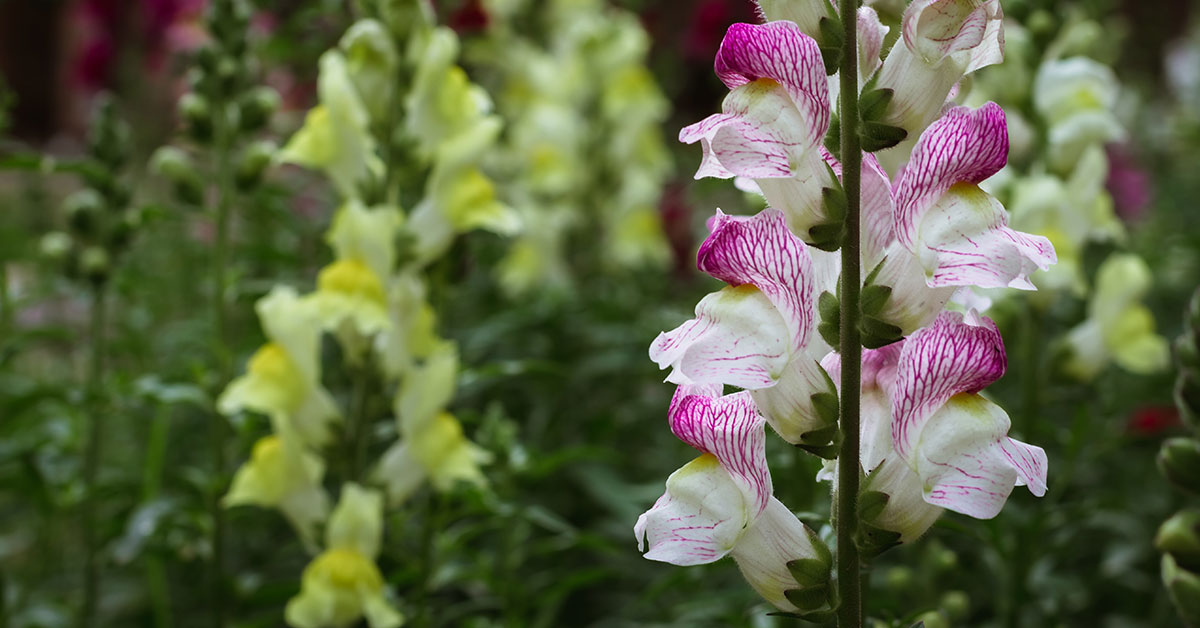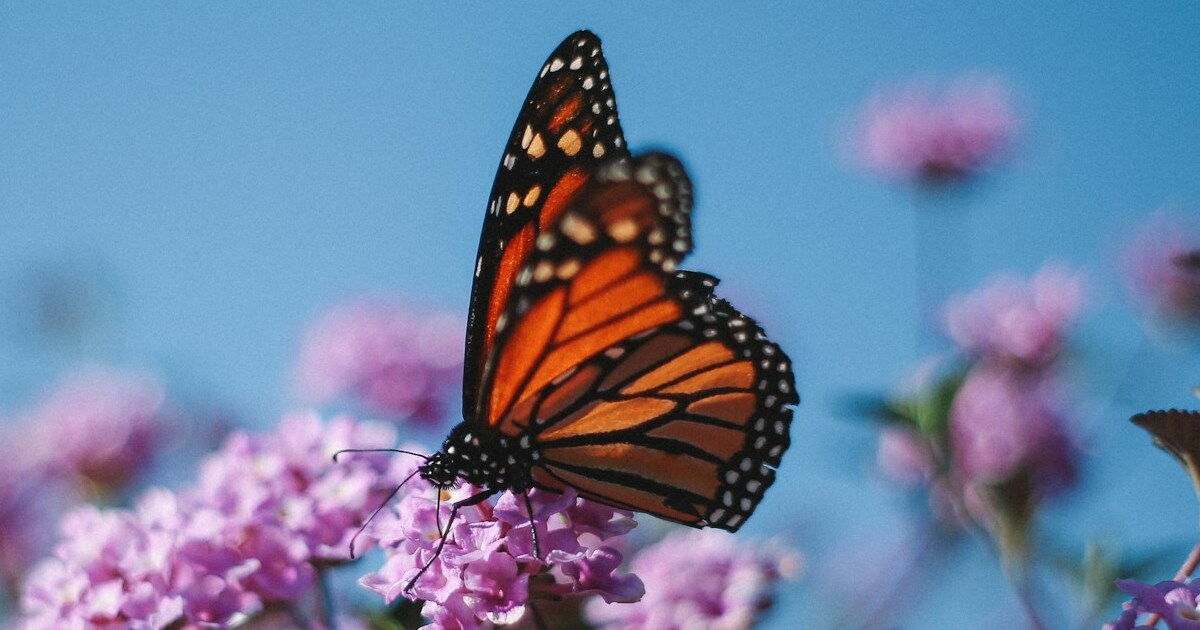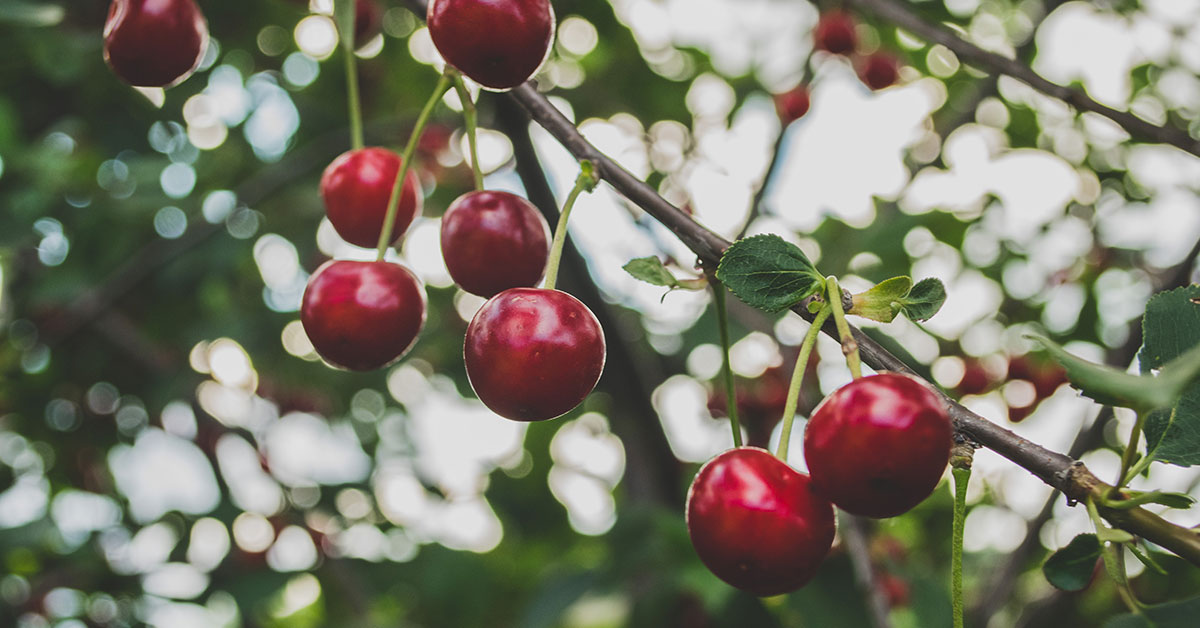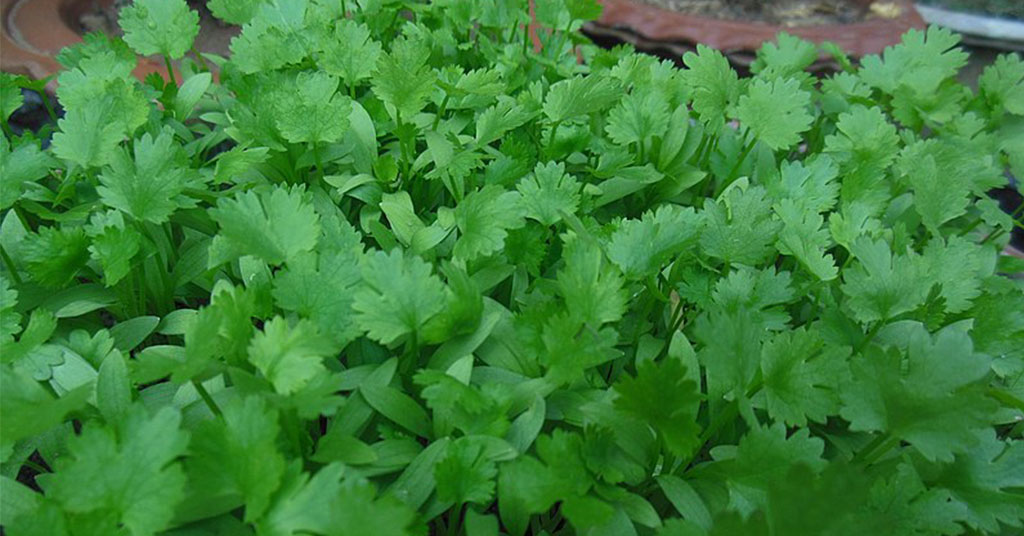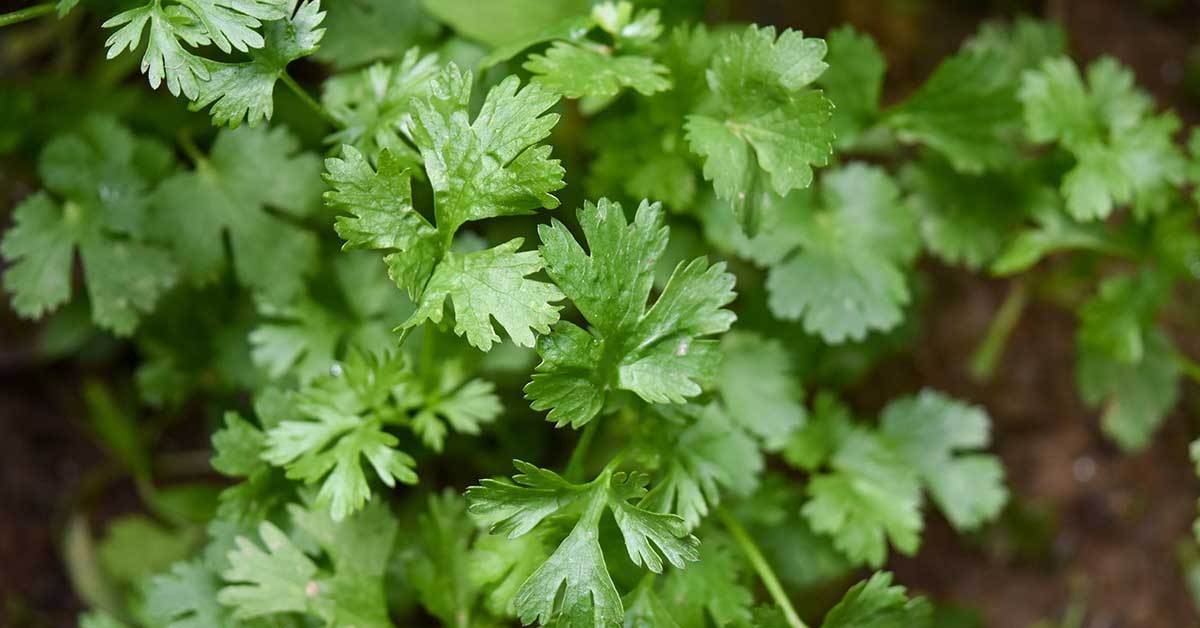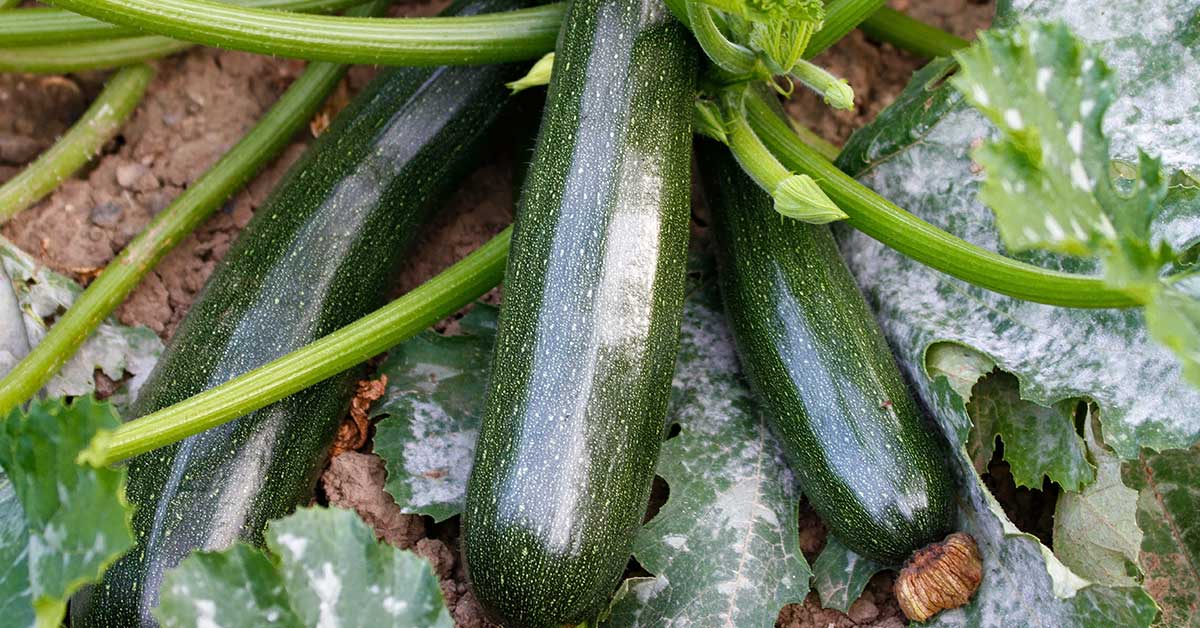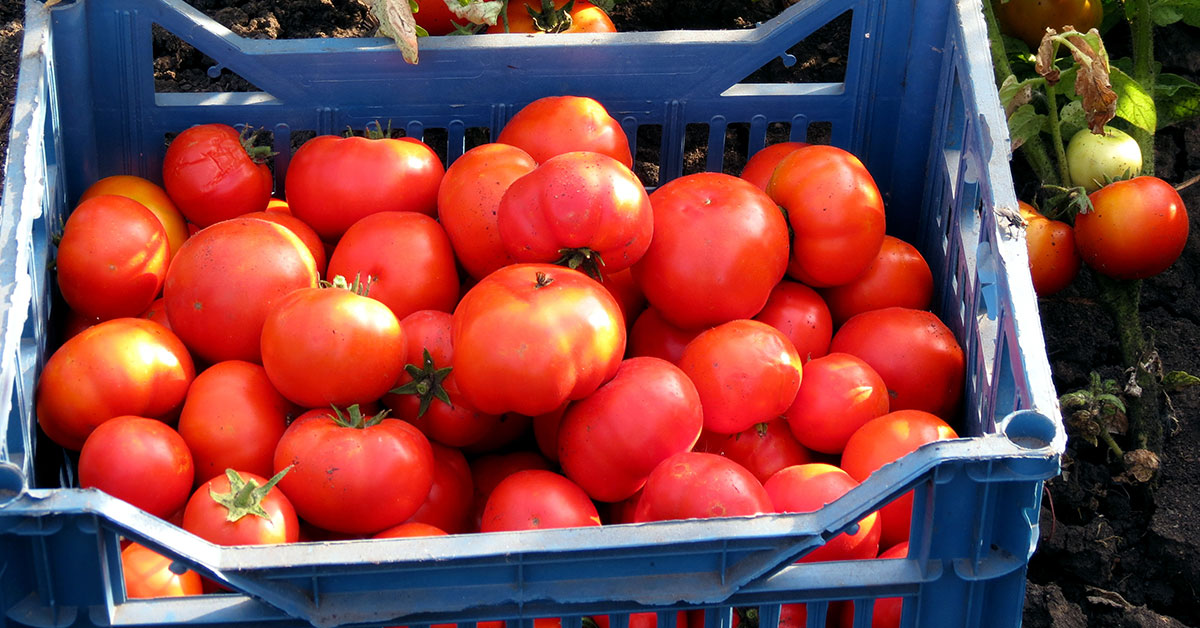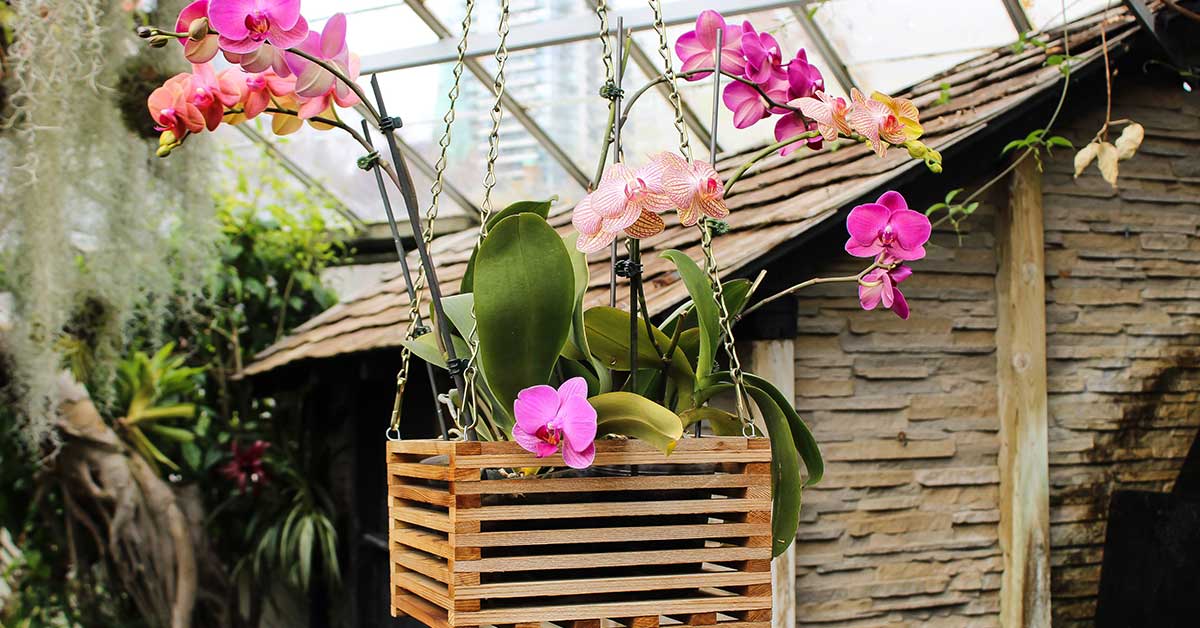There’s something truly magical about a cutting garden—a dedicated space where you cultivate a variety of blooms specifically for creating stunning floral arrangements! As a gardener who delights in the artistry of nature, I’ve experienced firsthand how a cutting garden can transform your entire outdoor space. Whether you’re a seasoned horticulturist or just beginning your gardening journey, the idea of having fresh flowers at your fingertips is both inspiring and practical. Not only does a cutting garden provide a steady supply of gorgeous blossoms, but it also nurtures an ecosystem that attracts beneficial wildlife and promotes overall garden health.
In this article, I’m excited to share ten compelling reasons why every garden should include a cutting garden, along with some tips on how to start one that suits your unique space. I understand the challenges of keeping a garden thriving—especially when pests, unpredictable weather, or invasive species make the task seem overwhelming. That’s why I’m here to offer guidance, insights, and plenty of encouragement to help you set up a cutting garden that brings beauty, creativity, and sustainability into your daily life! Let’s dive into these reasons and discover how to create a garden sanctuary that produces fresh, vibrant blooms all year round.
Enhances Garden Aesthetics and Structure
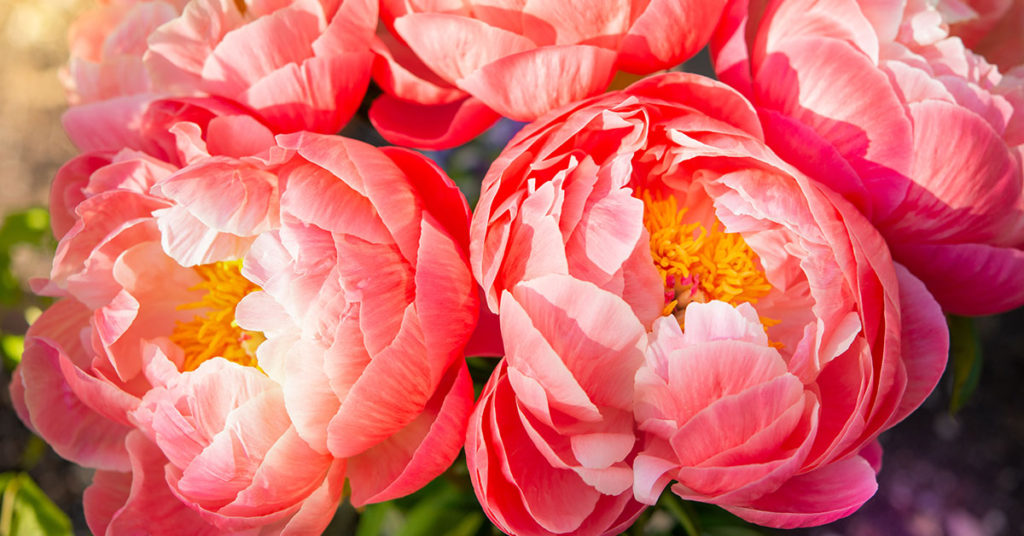
A cutting garden is not only a practical space for harvesting fresh flowers, but it also elevates the overall design and structure of your garden! By dedicating a specific area to vibrant blooms like peonies, dahlias, and zinnias, you create a living mosaic that draws the eye and adds texture to your landscape. These plants, many of which are native to regions like Asia, Europe, and the Americas, often exhibit a delightful array of colors and forms that harmonize beautifully with other garden elements. Even though some of these species can become aggressive under the right conditions, a well-planned cutting garden keeps them contained while showcasing their natural splendor.
In my own gardening experience, I’ve found that a cutting garden acts as a focal point that ties the entire landscape together. Not only does it offer visual appeal, but it also serves as a curated collection of blooms that you can harvest at their peak. This arrangement not only encourages strategic garden planning but also creates natural borders and pathways that invite beneficial insects and birds to explore. It’s such a pleasure to watch the garden come alive as these plants create a structured, yet free-spirited, outdoor space where beauty and functionality meet!
Attracts Beneficial Insects and Pollinators
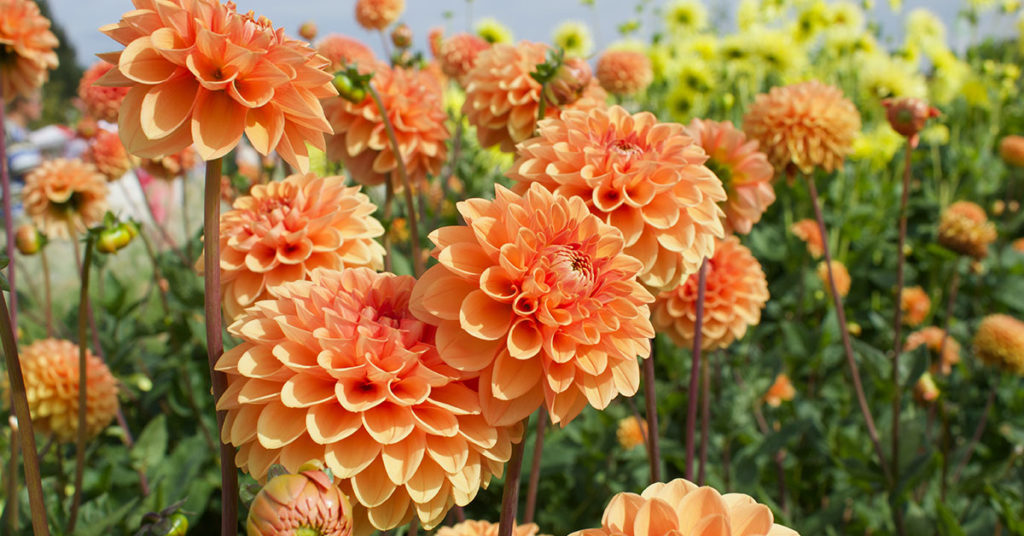
One of the hidden perks of a cutting garden is its ability to attract a diverse array of beneficial insects and pollinators. Many of the plants commonly grown in a cutting garden—such as sunflowers, lavender, and coneflowers—are native to regions with robust ecosystems and naturally encourage the presence of bees, butterflies, and even ladybugs. These insects not only assist with pollination in your garden but also help control pest populations, creating a self-sustaining ecosystem that supports overall plant health. It’s a win-win situation that adds life and movement to your garden every day!
I’ve witnessed countless times how the strategic placement of flowering plants can invite a host of winged visitors to your outdoor haven. The nectar-rich blooms offer ideal foraging spots, while the dense clusters of petals provide safe nesting areas for solitary bees and other beneficial critters. Even if some of these plants, like certain wild asters, are known to be mildly invasive in some regions, proper garden management ensures that their benefits far outweigh any concerns. Embracing a cutting garden is like rolling out a welcome mat for nature’s most diligent workers, ensuring your garden thrives through a balanced and lively ecosystem!
Fresh Floral Arrangements All Year Long
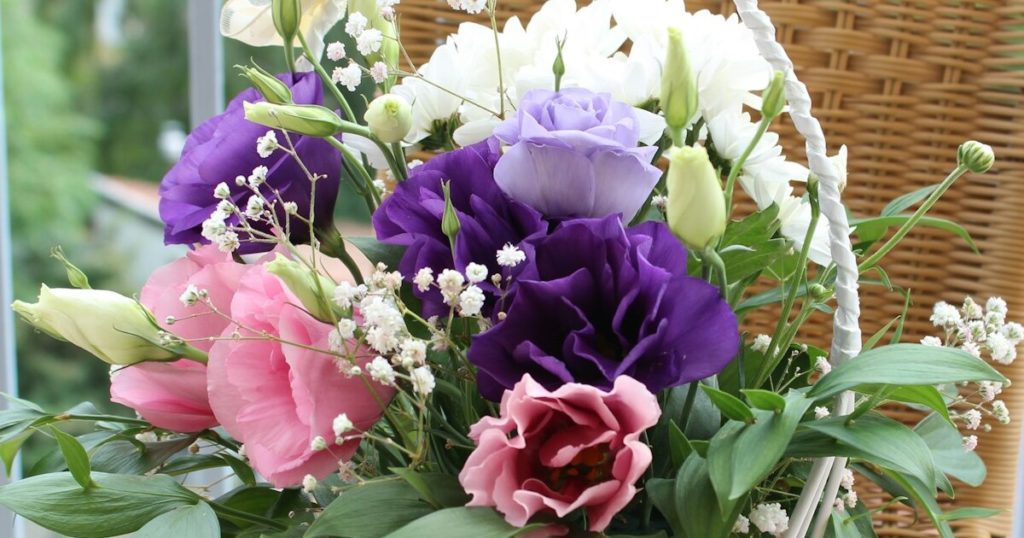
Imagine having a steady supply of fresh, hand-picked flowers to brighten up your home or to create stunning centerpieces for special occasions! A cutting garden is your very own natural florist, providing an abundance of blooms that can be enjoyed fresh throughout the year. By selecting a mix of seasonal varieties—ranging from springtime tulips and daffodils to summer’s roses and fall’s chrysanthemums—you ensure that there is always something in bloom. Many of these plants, such as certain varieties of roses that trace their origins to ancient Asia, are celebrated for their beauty and resilience, making them ideal candidates for a dedicated cutting garden.
I’ve always found it incredibly satisfying to stroll through my cutting garden and pick a bouquet that reflects the mood of the day. The process of carefully selecting and cutting the perfect stem is therapeutic and offers a tangible reward for your gardening efforts. Plus, having a diverse array of flowers on hand means you can experiment with different arrangements and even share your bounty with friends and neighbors. The sheer joy of being able to create fresh, vibrant arrangements without ever leaving your yard is one of the many reasons a cutting garden is an indispensable asset to any home!
Boosts Indoor Decor and Ambiance
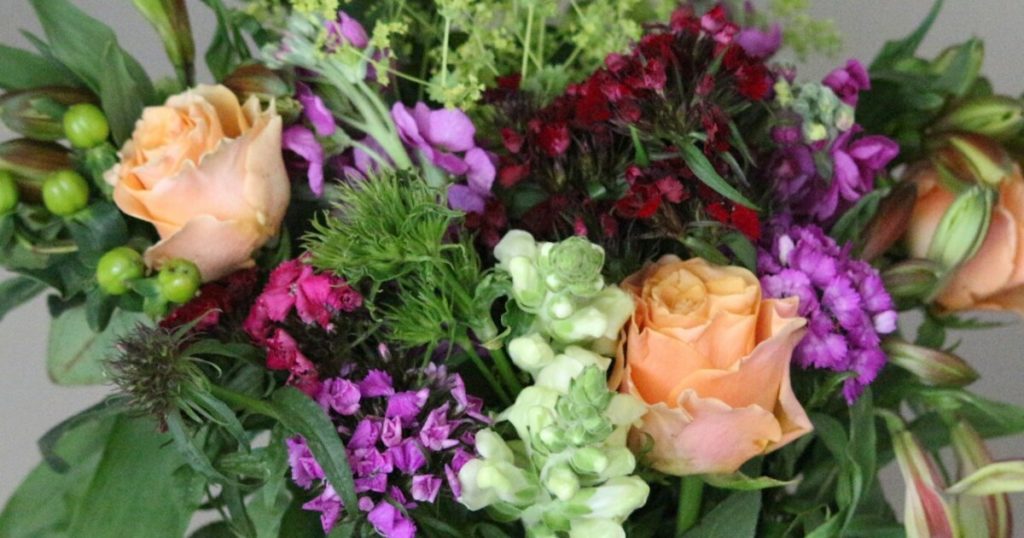
A cutting garden provides endless opportunities to enhance your indoor spaces with fresh, naturally sourced decor. There’s something uniquely uplifting about having a vase of freshly cut blooms adorning your living room or dining table, infusing your home with a splash of color and a subtle natural fragrance. Flowers like lisianthus and snapdragons, which are native to regions such as North America and the Mediterranean, have long been appreciated for their elegant forms and vibrant hues. Even if some of these species are considered invasive in certain climates when left unchecked, cultivating them in a controlled cutting garden allows you to enjoy their beauty without worry.
In my home, I’ve discovered that regularly refreshing my floral arrangements not only brightens up my decor but also elevates my mood and overall ambiance. The act of arranging flowers is a creative pursuit that can be both relaxing and inspiring, providing a daily reminder of the beauty that nature offers. Beyond aesthetics, these blooms bring with them the energy of the garden—a gentle yet persistent reminder that life is continuously blossoming, even in the midst of our busy lives. Embracing a cutting garden means you have the freedom to change your indoor atmosphere at the drop of a hat, making every day feel a little more special!
A Sustainable and Eco-Friendly Practice
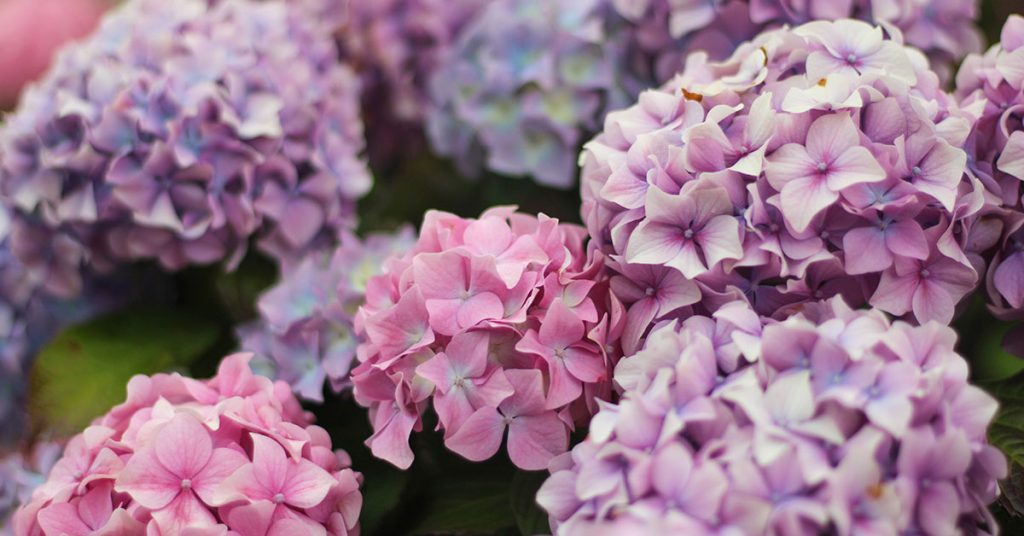
Establishing a cutting garden is a sustainable choice that promotes eco-friendly gardening practices. By dedicating a section of your yard to growing flowers specifically for cutting, you can reduce the need for commercially sourced bouquets that often come with a hefty carbon footprint. Many of the plants you choose—such as eco-friendly varieties of hydrangeas and daisies native to various regions—are naturally resilient and require minimal chemical intervention when properly cared for. Even though some species might have invasive tendencies in wild settings, cultivating them in a managed cutting garden helps keep their growth in check while maximizing their environmental benefits.
I’ve found that a cutting garden not only enhances your personal sustainability but also contributes positively to the local ecosystem. The controlled cultivation of diverse flower species encourages beneficial soil microbes and attracts natural predators of common garden pests, reducing the reliance on harsh pesticides. It’s incredibly rewarding to know that your efforts are not only beautifying your home but also nurturing the environment around you. This eco-friendly approach is a testament to how thoughtful gardening can lead to a healthier planet—one fresh bouquet at a time!
Creates a Therapeutic and Creative Hobby

For many gardeners, the process of tending to a cutting garden is as much about personal well-being as it is about cultivating beauty. There’s an undeniable therapeutic quality in nurturing plants from seed to full bloom, and then transforming those blooms into unique floral arrangements. Whether you’re experimenting with the delicate forms of ranunculus or the bold impact of gerbera daisies, the act of creating with nature can be both soothing and invigorating. Many of these flowers, with roots in regions as varied as Asia, Europe, and the Americas, bring a rich tapestry of history and culture to your personal sanctuary—even if some are known to spread rapidly, careful management keeps them a cherished part of your garden.
I can’t tell you how many times I’ve found solace in the simple act of arranging a bouquet from my cutting garden. It’s a creative outlet that allows you to express your personality and moods, from calm and reflective to vibrant and celebratory! Each cut stem, every carefully chosen bloom, contributes to a living artwork that brightens your home and lifts your spirits. For anyone feeling overwhelmed by the daily grind or the challenges of maintaining a balanced life, a cutting garden offers a perfect escape—a space where creativity blossoms alongside nature’s own colorful displays.
Encourages Experimentation with Diverse Plant Species

One of the most exciting aspects of having a cutting garden is the freedom to experiment with a diverse range of plant species. You can incorporate a mix of traditional favorites like roses and peonies with more unusual selections such as scabiosa and lisianthus. Many of these plants have fascinating native histories—roses, for example, have origins in Asia and are revered worldwide, while peonies trace their lineage to ancient China. Although certain species can become invasive if left unchecked, a well-managed cutting garden allows you to explore their beauty while maintaining control over their spread.
In my own garden, I relish the opportunity to try out new plant varieties and see which ones perform best in my local climate. Experimentation has led me to discover delightful surprises, like a rare variety of wildflower that attracts a unique blend of pollinators and beneficial insects. This exploratory approach not only enriches your cutting garden with unexpected colors and textures but also deepens your understanding of plant behavior and seasonal rhythms. Embracing diversity in your garden is a thrilling way to keep your outdoor space vibrant, dynamic, and ever-evolving!
Provides a Venue for Sharing Beauty with Others
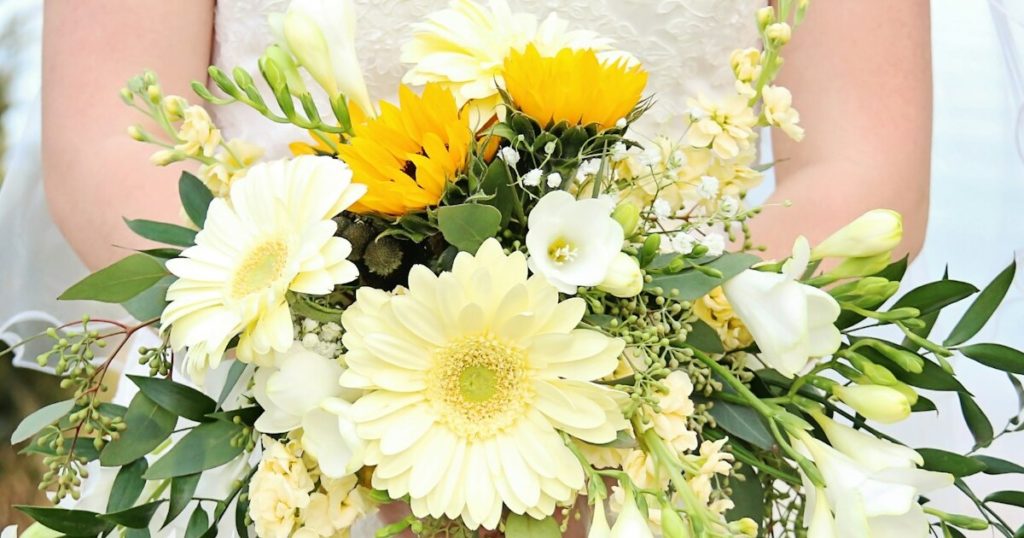
A cutting garden is more than just a personal retreat—it’s a generous resource that enables you to share nature’s beauty with those around you. There’s immense joy in being able to pick a bouquet for a friend, a neighbor, or even a local community event, thereby spreading the love and positivity that your garden exudes. Many of the flowers cultivated in a cutting garden, like tulips and snapdragons, are not only visually captivating but also carry stories of their native origins in regions ranging from Europe to North America. While some of these species may have a tendency to self-seed in the wild, keeping them within a controlled garden environment allows you to share their beauty responsibly!
I’ve experienced firsthand how gifting fresh, hand-cut flowers can brighten someone’s day and foster a sense of community. It’s such a heartwarming feeling to see the delight on someone’s face when they receive a bouquet crafted from your own garden’s bounty. Beyond just the aesthetic pleasure, this act of sharing reinforces the interconnectedness of our local ecosystem, as each bloom carries with it the energy of the earth and the joy of cultivation. In a world that sometimes feels disconnected, a cutting garden offers a tangible way to bring people together through the simple act of gifting nature’s artistry!
Improves Garden Management and Soil Health
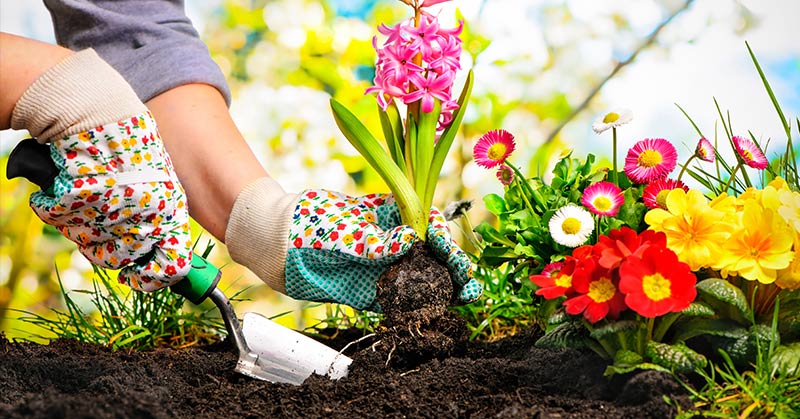
Integrating a cutting garden into your overall landscape isn’t just about aesthetics—it’s also a smart strategy for garden management and soil health. By designating a specific area for cutting blooms, you can more effectively manage plant density, water usage, and nutrient distribution throughout your garden. Many cutting garden staples, such as lavender and daisies, have evolved in regions with challenging growing conditions and are adapted to thrive in well-drained, nutrient-rich soil. While some of these species are native to particular regions and might display invasive tendencies if left unchecked in the wild, cultivating them in a controlled environment allows you to harness their benefits without compromising your garden’s balance.
In my gardening routine, having a dedicated cutting garden has led to noticeable improvements in soil structure and overall plant vigor. Regularly harvesting blooms encourages a natural cycle of growth and renewal, ensuring that your plants don’t become overcrowded or overly competitive for resources. The act of pruning and cutting also stimulates new growth, contributing to a healthier, more resilient garden ecosystem. For anyone frustrated by patchy growth or soil degradation, a cutting garden offers a proactive way to rejuvenate your outdoor space while enjoying a steady supply of beautiful, fresh flowers!
Facilitates DIY Floral Projects and Crafts: How to Start Your Cutting Garden

If you’re looking for a creative project that marries nature with craft, a cutting garden is the perfect starting point! This dedicated space provides you with a bounty of fresh, hand-picked blooms that can be transformed into everything from elegant bouquets and wreaths to homemade potpourri and pressed flower art. The beauty of a cutting garden lies in its versatility—by selecting a mix of species such as roses (native to Asia and Europe) and seasonal wildflowers, you create a dynamic palette that can fuel countless DIY projects. While some of these plants might be known for their invasive growth habits in uncontrolled settings, a managed cutting garden ensures that you have just the right amount of each bloom to spark your creativity.
Starting your very own cutting garden is simpler than you might think! Begin by choosing a sunny, well-drained location, and prepare your soil with organic compost to encourage robust growth. Select a mix of perennial and annual flowering plants that complement each other both visually and in their bloom times. I recommend starting small—perhaps with a few raised beds or dedicated containers—and gradually expanding as you gain confidence and experience. With regular watering, careful pruning, and a bit of creativity, your cutting garden will soon flourish into a vibrant, sustainable space that not only nurtures your passion for DIY floral projects but also serves as a constant reminder of nature’s endless beauty!





